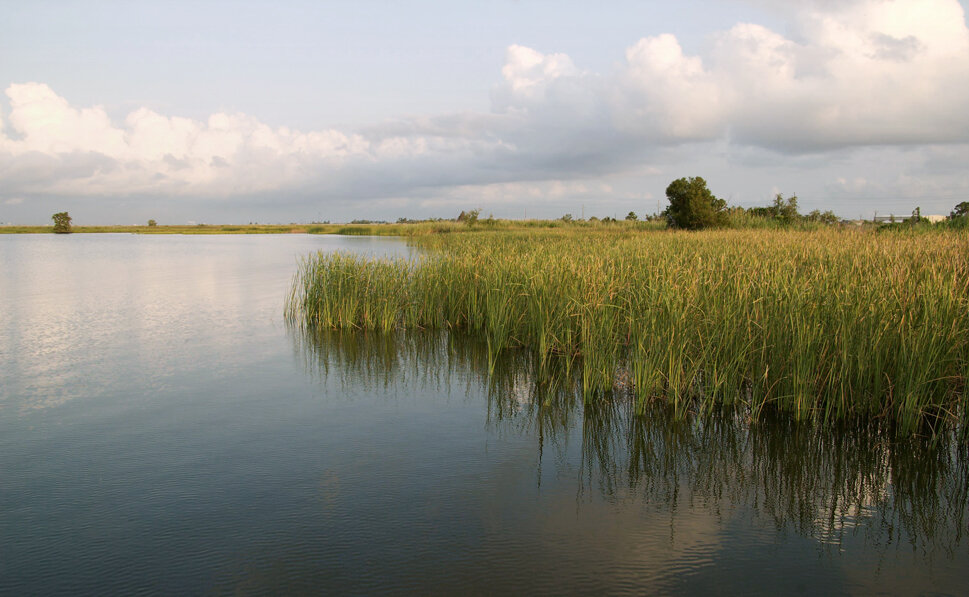
Posted on January 6, 2022
The U.S. Army Corps of Engineers has granted the Alabama State Port Authority’s (ASPA) request to extend the comment period for the Upper Mobile Bay Beneficial Use Wetland Creation Site (Planning) Project permit application until February 3, 2022. This extension provides you with additional opportunities for reviewing the project design and providing comments.
ASPA requested the extension in response to public interest and to increase opportunity for community and intergovernmental agency engagement. The Project is of vital importance to the Port, the community, and the environment, and as such, we encourage you to be involved! Click here to review the Public Notice (SAM-2021-00246-DCH) and learn how you can comment. Comments will be accepted through February 3, 2022.
The purpose of the Upper Mobile Bay Beneficial Use Wetland Creation Site (Planning) Project is to plan for creation of 1,200 acres of wetlands in the Upper Mobile Bay through the beneficial use of dredged material.
This project will ensure that some of the sediments dredged from the Upper Mobile Bay area are used beneficially to help restore our coastal wetland habitats. Utilizing dredged sediment to create wetlands rather than upland management or open-water placement is a wise use of this valuable Alabama natural resource. Benefits resulting from this wetland creation project will include improved water quality, more habitat for living coastal and marine organisms, and implementation of improved dredging practices that support navigation-related commerce and thus the region’s economy.

About this Project
Find out about the project’s background and benefits, site context, funding sources, FAQs, and how to get in contact with the project team.

Updates
Find out about the latest news, timeline, and access available presentations and downloads.
Funding Partners
This planning Project is funded by the Resources and Ecosystems Sustainability, Tourist Opportunities, and Revived Economies of the Gulf States Act (RESTORE Act) – Bucket 2. It is a Gulf Coast Ecosystem Restoration Council-approved project that is sponsored and managed by the Alabama State Port Authority (ASPA). The ASPA received the $2.5 million grant to implement the planning needed for the project.
RESTORE Act
This project is paid for (in part) with federal funding from the Department of the Treasury under the Resources and Ecosystems Sustainability, Tourist Opportunities, and Revived Economies of the Gulf Coast States Act of 2012 (RESTORE ACT). The statements, findings, conclusions, and recommendations are those of the author(s) and do not necessarily reflect the views of the Department of the Treasury.





